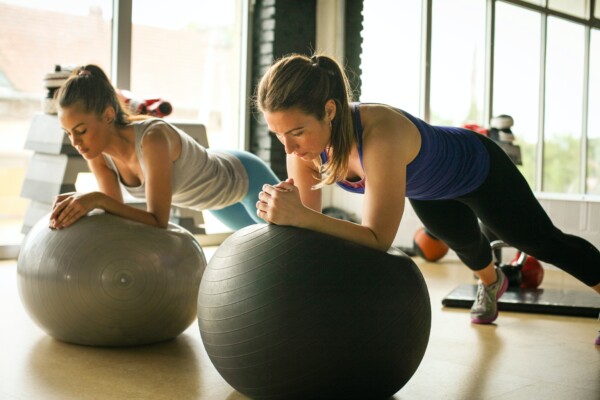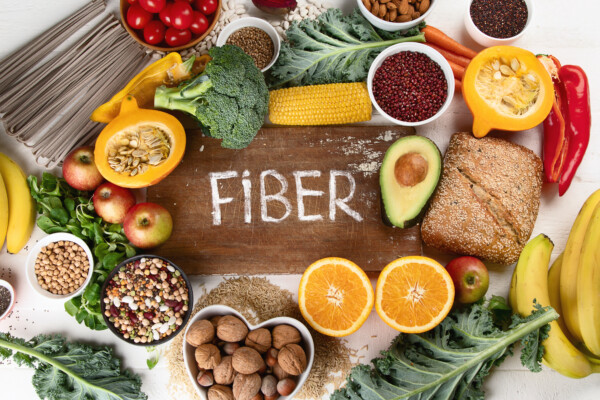
(Credit: Makina Alesya/Shutterstock)
Scientists have discovered a simple yet effective way to dramatically boost the nutritional value of blood oranges after harvest. By storing the fruit at specific cool temperatures, researchers in Florida were able to increase the levels of health-promoting compounds called anthocyanins by a staggering 3,000% compared to freshly picked oranges.
This breakthrough, published in the journal Food Chemistry Advances, could allow blood oranges grown in warmer climates to match or even exceed the nutritional quality of those from traditional growing regions, potentially expanding the production and availability of these prized citrus fruits.
The Secret is in the Chill
Blood oranges get their distinctive coloration and purported health benefits from anthocyanins, the same type of antioxidant compounds found in blueberries and other deeply-hued fruits. However, blood oranges typically only develop high levels of these beneficial pigments when exposed to cold temperatures, limiting commercial production to a few regions with the right climate.
Now, a team of researchers led by Dr. Fariborz Habibi at the University of Florida has found that carefully controlled cold storage after harvest can trigger massive increases in anthocyanin production, potentially allowing blood oranges to be grown more widely. The team was amazed to see such dramatic increases in anthocyanin levels during storage. This simple technique could be a game-changer for blood orange producers in warmer regions who have struggled to achieve the same quality as traditional growing areas.
“Although blood oranges typically command higher prices than other common varieties, such as navel or Valencia oranges, it is unclear if farmers could substantially increase their per-acre income by adding them to their crop selection and then storing them for internal color development,” says Dr. Habibi in a university release. “Improved fruit quality from the storage method presents a promising opportunity for the Florida citrus industry. However, further study is needed before recommending anything to growers.”
Putting Oranges on Ice
To determine the optimal conditions for enhancing anthocyanin production, the researchers stored blood oranges at four different cool temperatures - 6°C, 8°C, 10°C, and 12°C (about 43°F to 54°F) - for up to 60 days.
They analyzed the oranges at regular intervals for various quality factors, including anthocyanin content, other beneficial compounds, sugar levels, acidity, and physical characteristics like firmness and color.

A Surprising Surge in Antioxidants
The results were striking. While all of the cool storage temperatures led to increases in anthocyanins, the most dramatic effects were seen at 10°C and 12°C. After just 20 days, anthocyanin levels had increased by 1,800-2,000% compared to freshly harvested fruit. By the end of the 60-day storage period, the increase reached an astonishing 2,950-3,000%.
The researchers expected to see a little increase in anthocyanins, but the magnitude was far beyond their expectations. These levels rival or exceed what is typically seen in blood oranges from traditional growing regions with cold winters.
The study also found significant increases in total phenolic compounds — another class of beneficial antioxidants — as well as overall antioxidant activity in the oranges stored at 10°C and 12°C.
Interestingly, while the higher temperatures were best for boosting antioxidants, lower temperatures of 6°C and 8°C were more effective at preserving other quality attributes like firmness and acidity levels.
“These variations may have implications for the overall flavor profile and sweetness of the fruit. However, compared to the significant increase in anthocyanin levels, the soluble sugar content remained relatively stable, despite some fluctuations due to changes in temperature and storage duration. This is promising news for the fruit's flavor profile, as it suggests that the sweetness of the fruit may not be compromised by the accumulation of anthocyanins during storage,” the researchers write in their report.
Limitations and Future Directions
While the results are promising, more work is necessary before this technique can be widely adopted. The study only looked at one variety of blood oranges, and effects may vary for other cultivars. Additionally, the impact of the cold storage treatment on flavor and other sensory qualities needs further investigation.
The researchers focused primarily on nutritional compounds in this study. The Florida team says future research should examine how these storage conditions affect taste, aroma, and overall consumer acceptance of the fruit.
The study authors also note that implementing precise temperature control during storage and transport could be challenging and potentially costly for producers and distributors.
Implications for Growers and Consumers
Despite these limitations, the findings open up exciting possibilities for the blood orange industry. Growers in warmer regions like Florida and Brazil, who have struggled to produce blood oranges with the same deep red color and high antioxidant levels as those from cooler climates, may now have a way to match that quality through post-harvest treatment.
For consumers, this could mean greater availability of high-quality blood oranges with maximal health benefits. The dramatic increases in anthocyanins and other antioxidants could make blood oranges an even more appealing choice for health-conscious shoppers.
Blood oranges are already known for their potential health benefits. This technique could effectively supercharge those benefits, making them an even more powerful functional food.
The researchers suggest that optimized cold storage could be combined with other methods, such as genetic selection and improved growing practices, to further enhance the quality and value of blood oranges.










